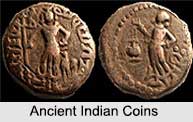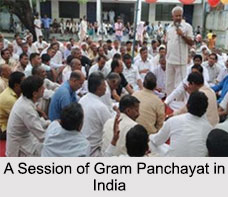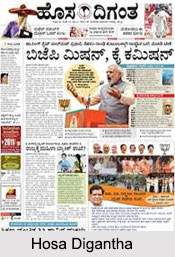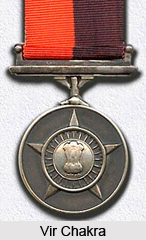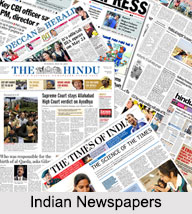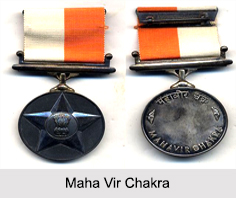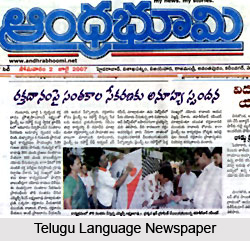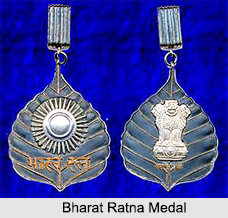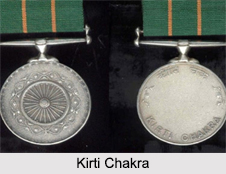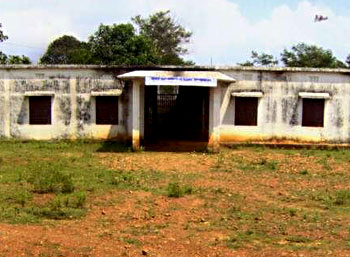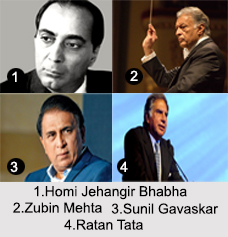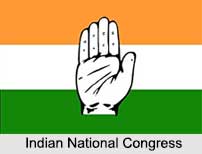 Indian National Congress (INC) or the Congress party and is one of the major political parties in India. It is a secular party whose social liberal platform is usually considered to be on the centre-left of Indian politics. Congress led India to independence from Great Britain, and strongly influenced other anti-colonial nationalist movements in the British kingdom.
Indian National Congress (INC) or the Congress party and is one of the major political parties in India. It is a secular party whose social liberal platform is usually considered to be on the centre-left of Indian politics. Congress led India to independence from Great Britain, and strongly influenced other anti-colonial nationalist movements in the British kingdom.
History of Indian National Congress
Indian National Congress was established in 1885, with the objective of prevailing a bigger share in government for enlightened Indians. Initially, however, it was not established to oppose the British rule, on the initiation of A. O. Hume, Dadabhai Naoroji and Sir Dinshaw Edulji Wacha. Henceforth, the Indian National Congress became the mentor in the Independence Movement, with over 15 million Indians postulated in its organisations and over 70 million associates in its conflict against the British Empire.
The Congress Party was a moderate reform party until 1917, when it was taken over by its "extremist" home rule wing. In the 1920s and 30s under Gandhiji`s guidance, congress promoted non-cooperation movement to protest the feebleness of the constitutional reforms of 1919. Congress became nation`s dominant political party after the Indian independence in 1947. Supported by the Left Front, the party in the present time is the chief member of the ruling United Progressive Alliance coalition.
The history behind the Indian National Congress can be divided into two parts, namely the pre-independence era (when the party was at the head of struggle in independence) and the post-independence era (when the party enjoyed a prominent place in Indian politics, ruling the country for 48 of the 60 years since independence in 1947). With the approval of the then-Viceroy, Lord Dufferin, a Scotsman and Allan Octavian Hume, the first meet was held in Mumbai. The first President of INC was Womesh Chandra Banerjee. As time passed, the demands of the Congress became more radical and the party turned very active in the independence movement. Radicalism resulted into division within the party. Congress was divided into the "Garam Dal" of Bal Gangadhar Tilak, or Extremists (literally "hot faction"), and the "Naram Dal" of Gopal Krishna Gokhale, or Moderates (literally "soft faction").
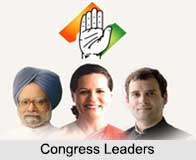 After Mahatma Gandhi`s induction in Congress with "Satyagraha", the party grew stronger along with the participations of Sardar Vallabhbhai Patel, Pandit Jawaharlal Nehru, Dr. Rajendra Prasad, Khan Mohammad Abbas Khan, Khan Abdul Ghaffar Khan, Chakravarti Rajgopalachari, Jivatram Kripalani and Maulana Abul Kalam Azad. Under Gandhi`s influence, Congress became the first integrated mass organisation in the country that brought together millions of people by working against caste differences, poverty, religious and ethnic boundaries. The 1929, Lahore session of Congress was held under the leadership of Jawaharlal Nehru. The session was significant indeed as the goal of INC was declared in the form of "Poorna Swaraj" (complete independence). Gandhi, by now, was considered the leader and a mass icon of the party.
After Mahatma Gandhi`s induction in Congress with "Satyagraha", the party grew stronger along with the participations of Sardar Vallabhbhai Patel, Pandit Jawaharlal Nehru, Dr. Rajendra Prasad, Khan Mohammad Abbas Khan, Khan Abdul Ghaffar Khan, Chakravarti Rajgopalachari, Jivatram Kripalani and Maulana Abul Kalam Azad. Under Gandhi`s influence, Congress became the first integrated mass organisation in the country that brought together millions of people by working against caste differences, poverty, religious and ethnic boundaries. The 1929, Lahore session of Congress was held under the leadership of Jawaharlal Nehru. The session was significant indeed as the goal of INC was declared in the form of "Poorna Swaraj" (complete independence). Gandhi, by now, was considered the leader and a mass icon of the party.
After independence, Indian National Congress stayed in power for thirty continuous years till 1977. Mahatma Gandhi was murdered in 1948. Later, in 1950, Sardar Patel also passed away. At this stage, Jawaharlal Nehru took charge of the party whilst looking after the nation as well. He took some revolutionary decisions like adopting secularism, socialist economic policies and a non-aligned foreign policy. It became the distinctive characteristic of the modern Congress Party. Nehru led Congress into consecutive awe-inspiring absolute majority in the elections of 1952, 1957 and 1962. After his death in 1964, emptiness engulfed the party. Lal Bahadur Shastri was then chosen to fill in the gap. After him, Indira Gandhi was the preferred choice.
Indian National Congress faced its first serious challenge in 1967, when "Samyukt Vidhanayak Dal", won control over various states in the Hindi belt and majority of the party leadership challenged Indira Gandhi. This led to a conflict within the party itself and as a result they split up. Indira Gandhi established a separate Indian National Congress. In the first phase the party was known as Congress. Later on it came to be known as the New Congress and the official Indian National Congress became Indian National Congress led by Kamaraj. Indira Gandhi ultimately became the Prime Minister of India in 1966. In 1975, she proclaimed a state of National emergency. However, this led to the constitution of many Congress factions. After the assassination of Indira Gandhi, her son, Rajiv Gandhi took on as the Congress leader and led the party to victory with a large majority in the 1984 Lok Sabha elections. After Rajiv Gandhi, eminent politicians like P.V. Narasimha Rao and Manmohan Singh became the Prime Ministers of India. Besides them, the party has witnessed a number of politicians who had devotedly worked to strengthen the organisation further. The illustrious list includes names like Sitaram Kesari, Rajesh Pilot, Ghani Khan Choudhury, Mani Shankar Aiyar, Kalpnath Rai, Ghulam Nabi Azad, Ajit Jogi, Rajeev Shukla, Sachin Pilot, Jyotiraditya Scindia and several others.
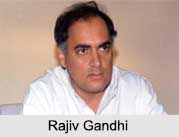 Modern Era of Indian National Congress
Modern Era of Indian National Congress
After Rajiv Gandhi`s death, Congress leaders urged Sonia Gandhi, Rajiv Gandhi`s widow, to assume leadership of the party. She had formerly declined offers and struggled to revitalize the party in her early years as its president. In the overruling years, the party was flourishing at different legislative gathering elections and at one point, Congress ruled 15 states.
By the 2014 Lok Sabha elections, the party had lost much of its popular support, mainly because of several years of poor economic conditions in the country. She retired as party president in December 2017, having served for a record nineteen years. She was succeeded by her son Rahul Gandhi. The Congress Parliamentary Party (CPP) consists of elected MPs in the Lok Sabha and Rajya Sabha. Congress is a civic nationalist party that follows a form of nationalism that supports the values of freedom, tolerance, equal opportunity, and individual rights.
Election Symbols of Indian National Congress
As of 2014, the election symbol of Congress is an image of a right hand with its palm facing front and its fingers pressed together which is generally shown in the centre of a tricolour flag. The hand symbol was first used by Indira Gandhi and created the New Congress. The representation of the original Congress during elections held between 1952 and 1971 was an image of two bullocks with a plough. The symbol of Indira`s Congress (R) during the 1971-77 period"s was a cow with a suckling calf.







